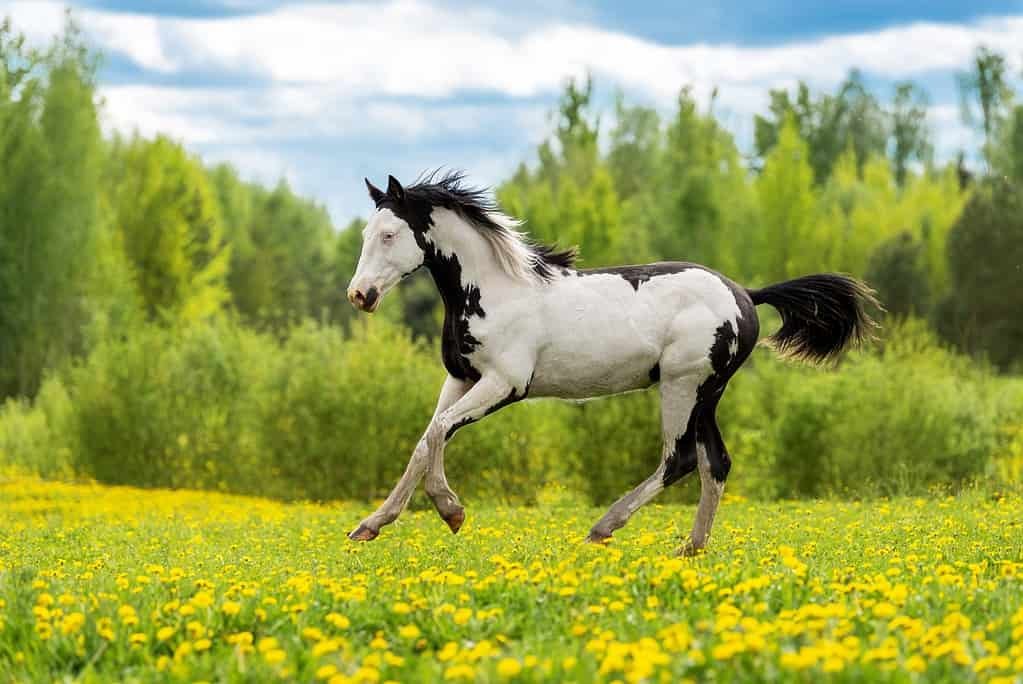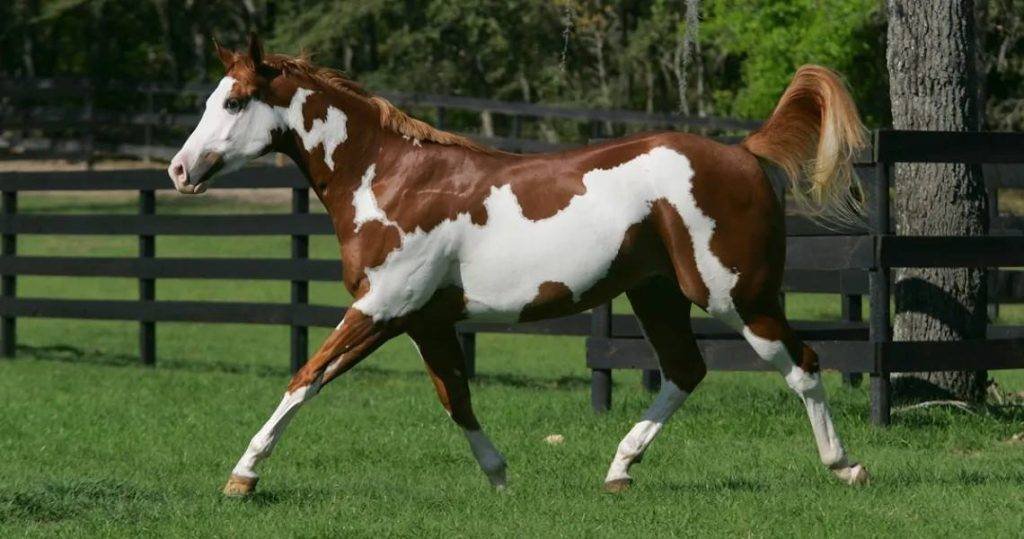When most people picture a horse, they think of solid bays, chestnuts, or maybe a sleek black stallion.
But the world of horse coat colors is far more diverse—and often dazzling. Some horses sport coats that shimmer like molten silver or appear dappled like a starry sky. Others carry rare genetic patterns that create jaw-dropping visual effects, making them look almost mythical.
Whether you’re a seasoned equestrian, a breeder, or just a horse lover, exploring rare horse colors, patterns, and markings reveals the fascinating interplay of genetics, evolution, and beauty. In this article, we break down the rarest horse coat types, explain the science behind them, and showcase some unforgettable examples.
What Makes a Horse Color or Pattern “Rare”?
Rare horse colors and patterns occur when uncommon genetic combinations result in coats that are:
- Visually unusual or eye-catching
- Uncommon within the general horse population
- Sometimes breed-specific or found in very small populations
Some of these colors are linked to recessive genes, mutations, or even selectively bred traits. Others are naturally occurring but rare due to low demand or preservation status.

Rare Horse Colors You Need to See to Believe
1. Perlino
- Description: A cream-colored coat with a pinkish or golden hue and slightly darker mane/tail.
- Genetics: Result of two cream dilution genes on a bay base coat.
- Why It’s Rare: Requires specific genetic pairing; mostly seen in breeds like the Akhal-Teke or American Cream Draft.
2. Champagne
- Description: Glossy coat with a metallic sheen, often gold, amber, or ivory in appearance. Foals are born with pink skin and blue eyes that darken with age.
- Genetics: Caused by the champagne dilution gene.
- Notable Trait: Skin becomes freckled, and the coat shimmers in sunlight.
3. Silver Dapple (Zilver)
- Description: Dark chocolate or black body with a silver or flaxen mane and tail.
- Common in: Rocky Mountain Horses, Shetland Ponies.
- Fun Fact: Despite its striking look, the silver gene only affects black-based horses.
4. Grullo (or Grulla)
- Description: Smoky or mouse-gray coat with black mane, tail, and primitive markings like a dorsal stripe and leg barring.
- Gene Type: A black horse with a dun gene.
- Why It’s Cool: It’s not a faded gray—grullo coats retain a smooth, even tone.
5. Cremello
- Description: Almost white or cream-colored coat, with blue eyes and pink skin.
- Genetics: Double cream dilution on a chestnut base.
- Distinctive Look: Not albino—cremellos have pigment, just very little of it.
6. Rabicano
- Description: A roan-like pattern with white hairs concentrated around the flanks and tail base.
- Key Identifier: A white “skunk tail.”
- Rare Because: It’s easy to confuse with true roan but genetically distinct.
Rare Horse Patterns That Stun
1. Appaloosa Patterns (Leopard Complex)
Appaloosas can have a wide range of dramatic patterns, such as:
- Leopard: White body with dark spots
- Blanket: Solid body with a spotted “blanket” over the rump
- Snowflake: Small white spots on a dark coat
Genetic Basis: The LP (leopard complex) gene + various pattern modifiers.
2. Sabino
- Description: White high socks, belly spots, and face markings with roaning edges.
- Unique Edge: Looks like the horse has been painted.
- Genetics: Often found in Arabians, Thoroughbreds, and Paints.
3. Brindle (Extremely Rare)
- Look: Zebra-like vertical stripes across the body.
- Origins: Sometimes caused by genetic chimerism (when two embryos fuse in utero).
- Status: Not breedable reliably—brindle is often a one-off occurrence.
Rare Markings with Personality
1. Medicine Hat
- Description: A mostly white horse with color only on the ears and top of the head.
- Cultural Significance: Seen as spiritually powerful by Native American tribes.
- Often Associated With: Pinto or Paint horses.
2. Ermine Spots
- Description: Black or dark spots within white leg markings.
- Fun Fact: If located around the coronet, these can influence hoof pigmentation.
3. Bald Face
- Description: A wide white facial marking that can cover eyes and muzzle.
- Note: Horses with bald faces may have blue eyes.
🧬 Genetic Table: What Causes These Coat Variations?
| Color/Pattern | Genetic Factor | Common Breeds | Eye Color |
|---|---|---|---|
| Perlino | Cream x2 on bay | Akhal-Teke, Quarter Horse | Blue |
| Champagne | Champagne gene | American Cream Draft | Hazel/Amber |
| Silver Dapple | Silver gene on black | Rocky Mountain, Shetland | Brown |
| Cremello | Cream x2 on chestnut | Andalusian, Lusitano | Blue |
| Grullo | Dun gene on black | Mustang, Quarter Horse | Brown |
| Appaloosa | LP gene + modifiers | Appaloosa, Knabstrupper | Varies |
Why Rare Horse Colors Matter
Rare horse colors aren’t just pretty—they tell stories of lineage, evolution, and selective breeding. In some cases, they carry cultural or historical significance. Collectors, breeders, and show competitors often seek these horses for their uniqueness and market value. However, responsible breeding and awareness of genetic health risks (like vision issues in double dilutes) are crucial.
From the shimmering gold of the champagne coat to the mythical medicine hat pattern, rare horse colors and markings remind us that nature doesn’t shy away from creativity. While beauty may be in the eye of the beholder, these horses stop everyone in their tracks. Whether you’re admiring them from afar or lucky enough to ride one, they bring magic to the equestrian world.




